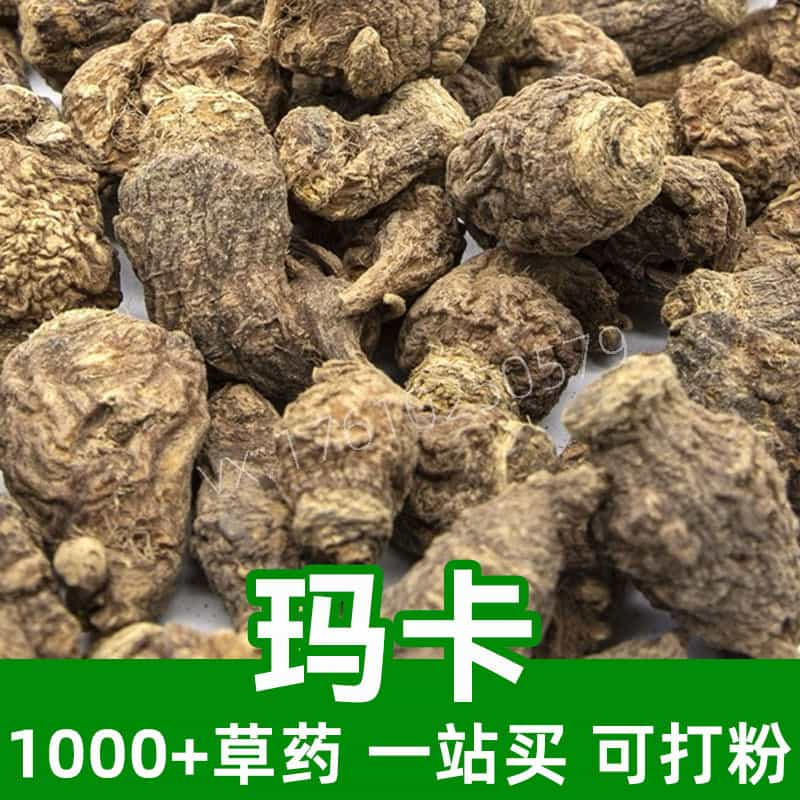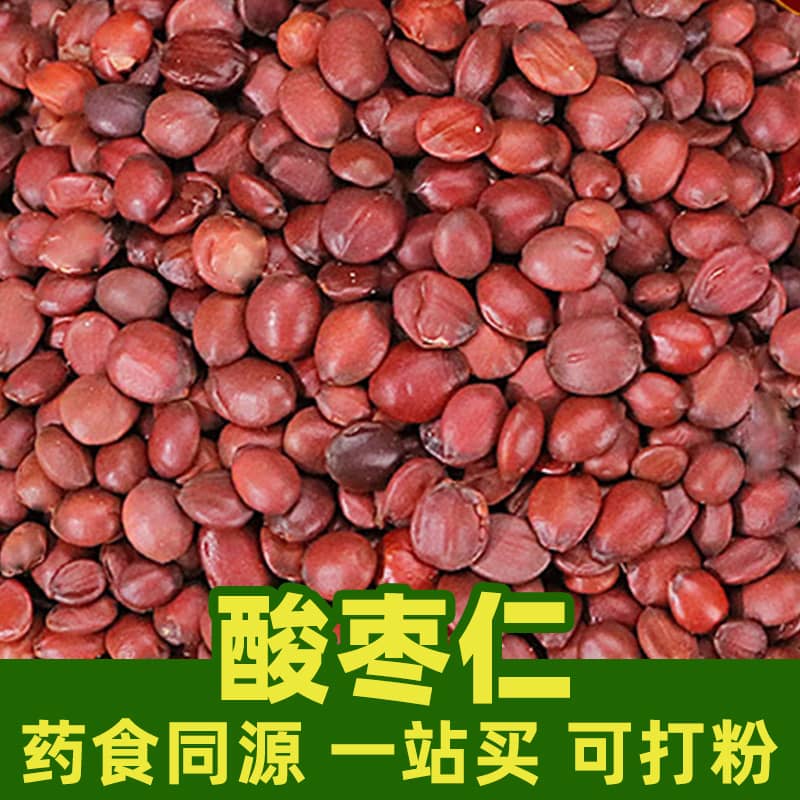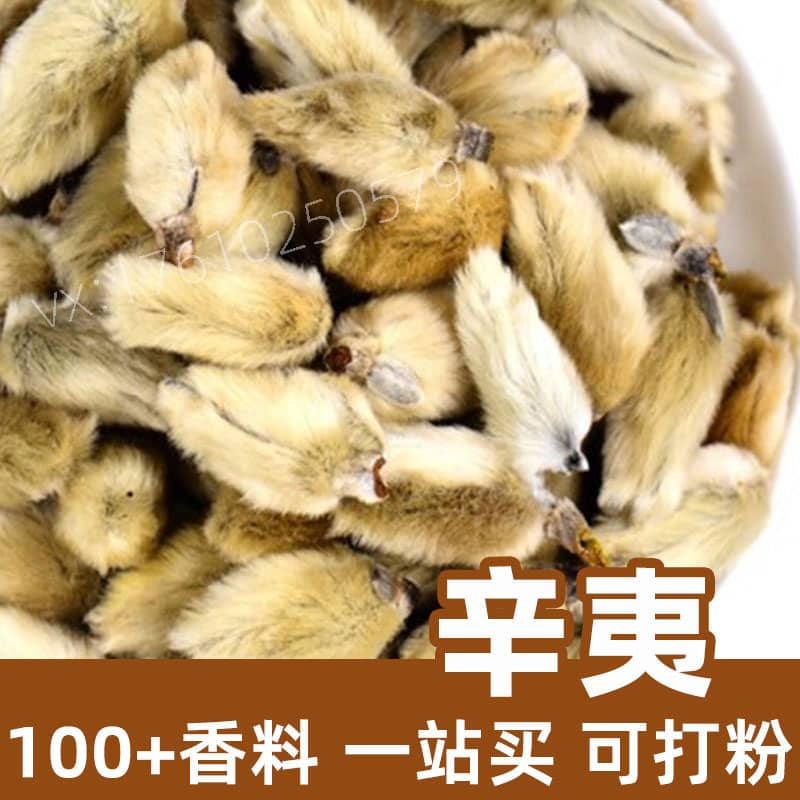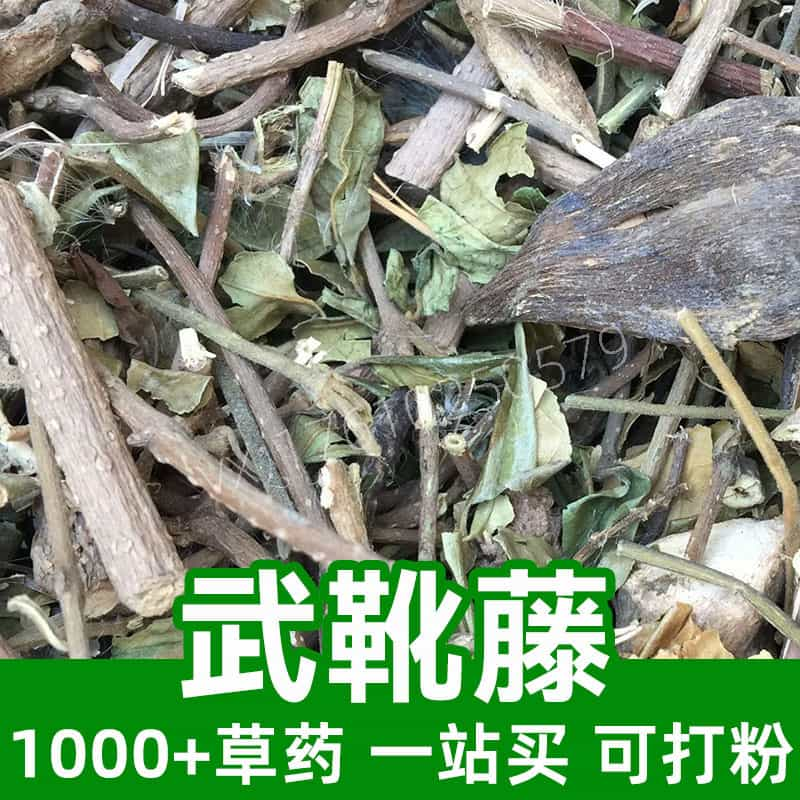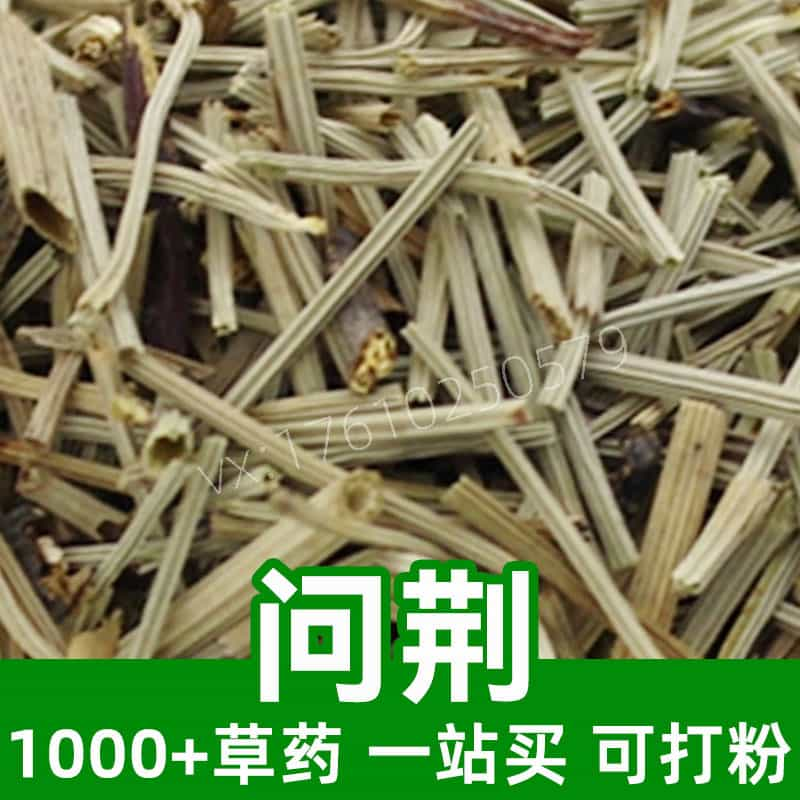Loquat Product Introduction
Loquat is a plant native to southern China. Its fruit is used in both traditional Chinese medicine and food production. The main components include trichosanthin, betaine, amino acids, and vitamins. Loquat is widely used in traditional Chinese medicine for its functions of clearing heat, detoxifying, moistening the lungs, and relieving cough. It is commonly used to treat sore throat, cough, and dry mouth. In the food industry, loquat is a common ingredient and can be used for cooking, making loquat tea, loquat candy, and other food products, offering nutritional and health benefits.
Main Active Ingredients of Loquat
Loquat is a plant with high medicinal value. Its main active ingredients include:
- Trichosanthin: Has antioxidant, anti-inflammatory, and cardiovascular protective effects.
- Betaine: Helps regulate blood sugar and blood lipids and promotes liver detoxification.
- Amino acids: Provides the body with essential amino acids, playing an important role in maintaining normal metabolism and physiological functions.
- Vitamins: Loquat is rich in vitamins such as vitamin C and vitamin E, which have antioxidant, immune-boosting, and skin-protecting properties.
- Minerals: Including calcium, magnesium, and potassium, which are important for bone health and neuromuscular function.
These components give loquat a variety of medicinal values, making it commonly used in traditional Chinese medicine to treat coughs, sore throat, indigestion, and other symptoms. Additionally, the chemical composition of loquat provides nutritional and health benefits for its use in the food industry, such as in loquat tea and loquat candy.
Applications and Dosage of Loquat
Loquat has a wide range of applications in traditional Chinese medicine and the food industry. Here's a breakdown of its applications, usage, and dosage.
- Traditional Chinese Medicine Applications:
- Uses: Loquat is used as a common herbal medicine in traditional Chinese medicine to clear heat, produce phlegm, moisten the lungs, relieve cough, and calm asthma. It is suitable for symptoms such as lung heat, phlegm heat, cough with phlegm, and chest tightness.
- Common combinations: It is often used in combination with herbs like coltsfoot, lily, and balloon flower, with the combination adjusted based on specific symptoms.
- Dosage and usage: Common methods include decoction, porridge, and powder. Generally, 15-30 grams is taken 2-3 times daily, but the dosage can be adjusted according to medical advice and the severity of the condition.
- Food Industry Applications:
- Making tea: Loquat can be made into tea, which has the effects of clearing heat, moistening the lungs, detoxifying, and resolving phlegm. It is suitable for consumption during dry seasons to alleviate coughs and sore throats.
- Making candy: Loquat can be boiled into syrup and then crystallized into candy, which not only enhances the taste but also allows for the absorption of loquat's nutrients, making it suitable for people of all ages.
- Food additives: Loquat extracts can be used as food additives to increase the nutritional value and taste of food.
- Dosage Precautions:
- Individual differences: Due to individual differences and varying conditions, the dosage should be adjusted based on the specific situation and medical advice to avoid excessive use.
- 禁忌: Pregnant women, people with weak constitutions, and those with specific diseases should consult a doctor before using loquat to avoid adverse reactions or allergies.
In conclusion, loquat, as a common herbal medicine and food ingredient, has a wide range of applications in traditional Chinese medicine and the food industry. However, it is important to use it with caution, following medical advice and considering individual differences.
Introduction to the Loquat Plant, Its Distribution, and Growth Environment
Plant characteristics: Loquat is a vine plant with long, creeping stems that can climb. Its leaves are palmately lobed with serrated edges, deep green in color, and glossy. The flowers are white or pale yellow, with numerous petals, a large corolla, and a fragrant aroma. The fruit is long and round, usually light green on the outside, and contains abundant pulp and seeds.
Distribution: Loquat is mainly distributed in Asia, including China, Japan, Korea, and Russia. It is particularly common in southern China. In China, loquat is widely distributed in regions south of the Yangtze River, including South China, East China, and Southwest China, and is often found in mountains, forest edges, fields, and riverbanks.
Growth environment: Loquat prefers a warm and humid climate and thrives in sunny locations, but can also tolerate partial shade. It requires loose, fertile, and well-drained soil, and grows best in soil with high organic matter content. The optimal temperature for loquat growth is 20-30 degrees Celsius.
Growth habits: Loquat is a cold-resistant plant but does not tolerate extreme cold or heat. It is an annual or perennial vine plant, propagated by seeds and grows rapidly, especially during the spring and summer seasons. Under suitable conditions, loquat can climb rapidly and produce abundant fruit.
In summary, loquat is a common vine plant widely distributed in Asia. It prefers warm and humid climates and grows well in fertile soil. It is an important agricultural crop and herbal medicine.
Harvesting, Processing, and Storage of Loquat
Harvesting time: Loquat should be harvested when the fruit is ripe, with the skin turning from green to yellow, the bottom of the fruit starting to change color, and the fruit becoming firm but not dry. Harvesting is usually done in late autumn.
Harvesting method: Harvesting should be done on sunny mornings or evenings to avoid damage to the fruit due to high temperatures. Use scissors or a knife to cut the fruit stem and pick the entire loquat, leaving a short stem attached.
Processing: After harvesting, loquat should be cleaned to remove dirt and impurities, and then dried or washed. For processed products such as loquat slices and loquat powder, the loquat can be sliced, dried, or baked and then processed.
Storage: For fresh loquat, it is recommended to store it in a cool, dry, and ventilated environment to prevent the fruit from becoming moldy. Loquat can also be peeled, seeded, cut into pieces, and frozen for longer storage. For processed products, they should be stored in a cool, dry, and ventilated place, away from direct sunlight and high temperatures.
Precautions: During storage, regularly check the loquat for any signs of rot or spoilage and remove any spoiled parts to prevent the spread. For processed products, check the packaging regularly to ensure it is intact to prevent moisture and damage.
In summary, proper harvesting, processing, and storage of loquat are crucial for maintaining its quality and shelf life. Appropriate harvesting time and methods, as well as suitable processing and storage conditions, can effectively extend the shelf life of loquat and preserve its nutritional content and taste.
Monica Sun is a seasoned expert in the natural raw materials industry, with over a decade of experience specializing in traditional Chinese medicinal herbs, spices, and fungi. She is skilled in the sourcing, processing, and application of these materials, emphasizing sustainability and innovation. Monica Sun has contributed to the development of high-quality natural raw materials that serve as essential components in functional foods, pharmaceuticals, and cosmetics, delivering tailored solutions to meet diverse market needs.









